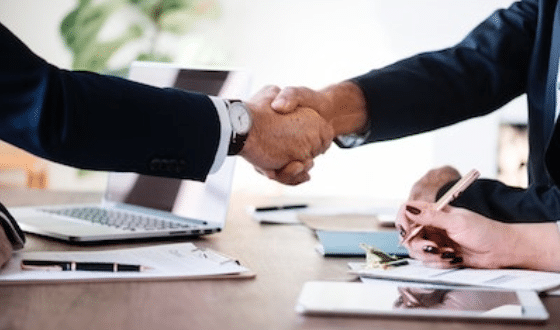Many giant companies have something in common: they are constantly engaged in crowdsourcing activities with their customers. Whether for ideation, research and development, testing or marketing, obtaining ideas or services from a large group of people can solve problems quickly. Crowdsourcing can reduce costs, speed up project timelines, tap into collective intelligence and creativity, and engage consumers. It makes sense – connecting with external crowds can not only encourage idea generation at scale and in real time, it can also drive engagement among the most important brand ambassadors. But what about using crowdsourcing internally, across an organization’s employees?
A report published by Gallup in February 2017 revealed that 70% of U.S. workers are not engaged at work. A study from that same year showed that disengaged employees cost organizations between $450 and $550 billion annually. It turns out that more than half of businesses think that stronger engagement would improve their ability to retain, recruit, or carry out succession planning.
The conclusion is clear: if you’re not involving your employees in the decision-making process, you’re missing out on an opportunity to make them feel more involved, heard, and respected. This is especially true when taking into consideration other organizational pathologies, such as miscommunication and working in silos.
But there is a way to overcome such problems: giving employees a stake in decisions that directly impact them makes them more invested in the company as a whole. This is where internal crowdsourcing comes into play. An internal crowd, unlike external crowdsourcing, is a group of company employees who are invited to participate in an ideation challenge or community. The employees can and should come from multiple departments or divisions, to encourage diversification of perspectives.
Internal crowds are more engaged in day-to-day activities, and bring an insider’s knowledge to solving organizational problems. While internal crowds are typically not as diverse as external crowds, they have more localized, applicable knowledge. Internal crowdsourcing allows employees to express their ideas, and research shows that employees working in collaborative environments tend to be more satisfied with the innovation process.
It isn’t surprising, therefore, that internal crowdsourcing platforms and services are booming. Most idea management platforms now allow internal crowds to collaborate, usually with advanced gamification mechanisms. A study by Research and Markets reveals that the innovation management market is projected to grow from an estimated 421.6 million USD in 2017 to 151.9 billion USD by 2022, at a compound annual growth rate 29.2%.
Companies like Spigit, Qmarkets, BrightIdea, IdeaDrop, and many more now offer a wide array of platforms and services for various purposes (like ideation, research, and process improvement), targeted at internal crowds.
An interesting company in this context is POPin, which leverages the power of organization by providing them with an anonymous forum to safely harness the voice of their employees. By using a platform that ensures anonymity, POPin allows leaders to solicit honest feedback from their teams. Participants can respond to questions and interact with each other’s answers with votes and comments.
Internal crowds and idea management services help organizations stay on top of ideas submitted by their own employees. At the same time, they keep employees informed of what is happening to their ideas. They allow collaboration to flow across the company using open, transparent systems, allowing everybody to see and comment on all ideas. Buy-in to new company initiatives is higher when employees know they have had a say in their development. The overall process can lead to higher employee morale and lower turnover, increasing employee engagement and contributing to the overall health of the organization.
Internal crowdsourcing, guided by idea management tools, can give companies a competitive advantage. Such systems provide a structured process for evaluating internal ideas and selecting the best for implementation – helping organizations capitalize on their best ideas faster, and bridging the gap between employees and leadership.
Fast changing trends and developments in crowdsourcing can be hard to keep up with. A great way to do it is to attend our #CSWGlobal18 conference running 24-28 October in Washington, D.C. Thought-leaders and top crowdsourcing practitioners from around the world will take the stage for two days at the iconic Carnegie Institution for Science, followed by an optional two days of tailored expeditions to the nearby National Air & Space Museum and the Smithsonian Institute – iconic facilities that have both embraced crowdsourcing models. Here is an Agenda and tickets are available with a limited number of time-sensitive offers, including Team Passes. We hope to see you there.





0 Comments